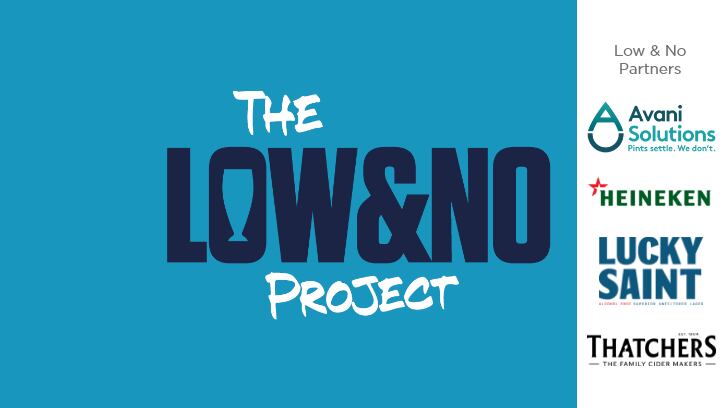The research comes from a new report published by Drinkaware today (21 October 2025) that shows 49% of young adults choose low & no to moderate nearly doubling since 2018 when it was 28% - which represents a 75% lift in seven years.
Meanwhile, the use of alcohol-free drinks by ‘risky’ drinkers – those drinking above the Chief Medical Officer’s low-risk guideline of 14 alcoholic units per week) has more than tripled since 2018, from 7% to 23%, and 44% of all adults choose low & no drinks to moderate their drinking – up from 31% in 2018.
The report examined trend data from charity Drinkware’s annual monitor since 2018 and looked at who is using these drinks to moderate, how this has changed and what it says about the UK’s drinking culture.
It also discovered 59% of ‘risky’ drinkers who consume low & no alcohol products use them instead of regular-strength alcohol. A further 25% use them either as a replacement or an addition depending on the occasion. Only 9% said they drink them alongside regular alcohol. Drinkaware claimed these are trends with “clear potential for reducing alcohol harm”.
Leading the charge
The report’s release coincides with the Government set to launch a public consultation on whether to increase the threshold for a product to be branded as alcohol free from 0.05% to 0.5%.
Drinkaware CEO Karen Tyrell said: “It is great to see young adults leading the charge in the growth of low & no drinks but it is the rise in their use by risky drinkers that shows their potential for helping to reduce alcohol harm.
“The Government’s 10-Year Health Plan for England rightly highlights their growth as an important tool in tackling alcohol harm. Swapping a regular beer, wine or cocktail for one of the many no and low-alcohol alternatives is an easy way to cut down on your drinking.”
Club Soda CEO and founder Laura Willoughby added: “Half of young adults moderating their drinking isn’t a fad, it’s a cultural reset. The old idea that you need alcohol to have a good time is collapsing and people are rejecting the limits that come with it.
“Club Soda’s mission has always been about changing systems so that wherever you go, from a pub to a five-star bar, you’ll find great alcohol-free options that make moderation easy and normal. The smartest retailers and venues are already adapting, because offering great alcohol-free drinks is no longer a nice-to-have, it’s a business essential.”
Spread drinking over the week
The Chief Medical Officer’s (CMO) guidelines for men and women states to keep health risks from alcohol to a low level, it is safest not to drink more than 14 units a week on a regular basis and it is best to spread drinking evenly over three or more days per week.
Alcohol consumption guidelines vary from country to country and while 14 units in the UK is the equivalent to about six pints of 4% ABV beer or about six medium (175ml) glasses of wine or about 14 single serves (25ml) of spirits per week, it is one of the lowest across the world.
Germany and the Netherlands have similar guidelines to the UK while Belgium’s is 17 units for women and 26 units for men, and Australia’s is 10 to 12 ‘standard’ drinks per week, working off the assumption a unit is 10g of alcohol (this is 8g in the UK).
Further advice from the UK’s CMO states one should limit the total amount of alcohol consumed on a single occasion so ‘binge drinking’ is strongly advised against and there is a growing understanding that there is no fully ‘safe’ level of alcohol, and the risk of cancer increases with any regular alcohol consumption.


